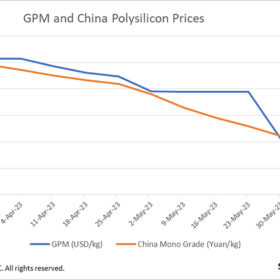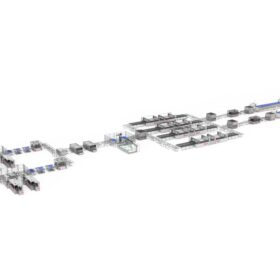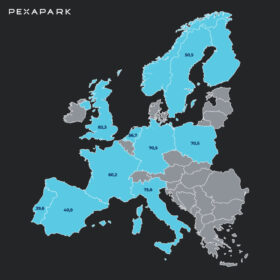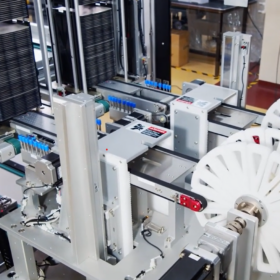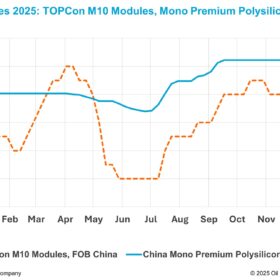Japan’s vast wind and solar resources
To achieve its 2050 carbon neutrality commitment, Japan must eliminate greenhouse gas emissions from fossil fuels, as they comprise nearly all of its emissions. Fortunately, Japan has everything it needs to become energy self-sufficient, in the form of solar, wind, and pumped hydro energy storage.
Australia commissions first big battery at a former coal site
The Hazelwood big battery has been commissioned at the site of the retired Hazelwood Power Station in the Latrobe Valley, Victoria. A collaboration between Engie, Eku Energy and Fluence, the 150 MW battery claims a number of Australian firsts.
Spotlight on TOPCon: PI Berlin shares concerns about degradation
Asier Ukar, the director of PI Berlin Spain, discusses the importance of addressing the risks associated with tunnel oxide passivated contact (TOPCon) tech early on, even though it outperforms (passivated emitter rear contact (PERC) when considering standard and tangible indicators.
China polysilicon prices in freefall
In a new weekly update for pv magazine, OPIS, a Dow Jones company, provides a quick look at the main price trends in the global PV industry.
India’s Nithin Sai to start making solar panels with Mondragon Assembly line
Nithin Sai has revealed plans to begin making PV panels with a new Mondragon Assembly production line. The initial manufacturing capacity is set at 500 MW for M10, half-cut cells, with plans for a second-phase expansion to reach 2 GW.
Rapid shift to solar energy is key to enhancing MSME productivity and exports
The biggest incentive in pushing the rooftop solar projects in the micro, small and medium enterprises (MSMEs) is that it will bring a sizable part of India’s manufacturing under the green protocols. Additionally, it offers the micro-enterprises, which are jointly situated in the industrial clusters, an opportunity to unlock value by making use of their rooftops and vacant spaces for harnessing clean energy.
Faster electric car rollout in Bangladesh demands policy support
The economic burden of air pollution in Bangladesh, for which transport is one of the major reasons, calls for strong policy-level intervention to increase the adoption of electric cars.
Asia leads charge in renewable energy growth
IRENA’s report Renewable Capacity Statistics 2023 shows that in 2022, Asia accounted for nearly 60 percent of the worldwide increase in renewable energy generating capacity, resulting in a total of 1.63 Terawatt (TW) of renewable capacity by year end. A huge part of this increase occurred in China.
PPA prices falling across Europe, says Pexapark
Pexapark says power purchase agreement (PPA) prices are falling in Europe, with prices in Spain and Portugal down by 6.4% and 6.2% to €40.90 ($43.99)/MWh and €39.60/MWh, respectively.
Form Energy to deploy 100-hour iron-air battery system in US
US utility Georgia Power has more than 850 MW of active energy storage projects under development or in operation across its service territory.



